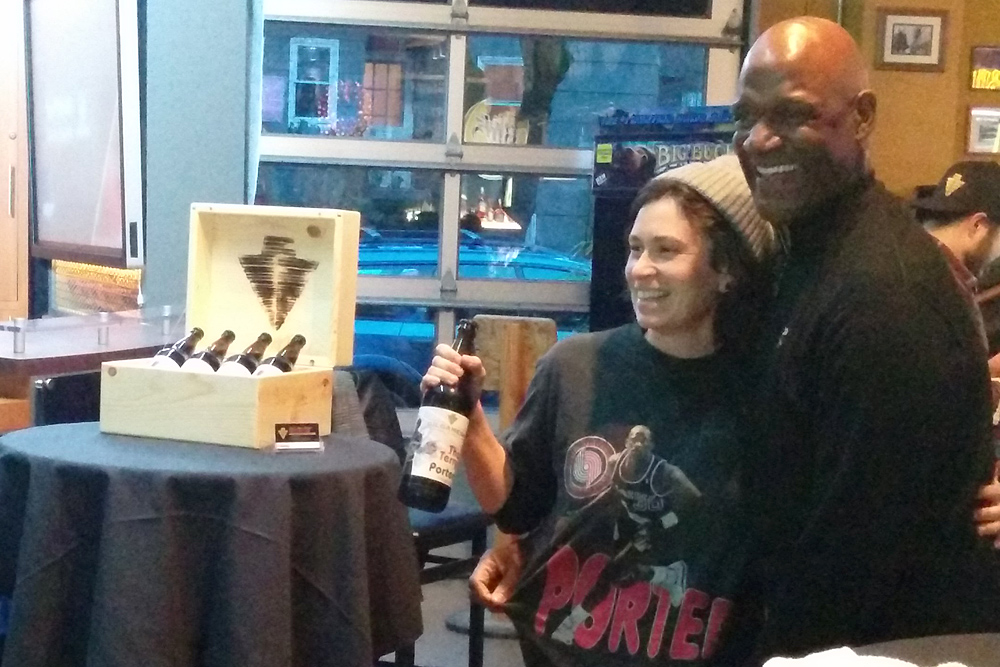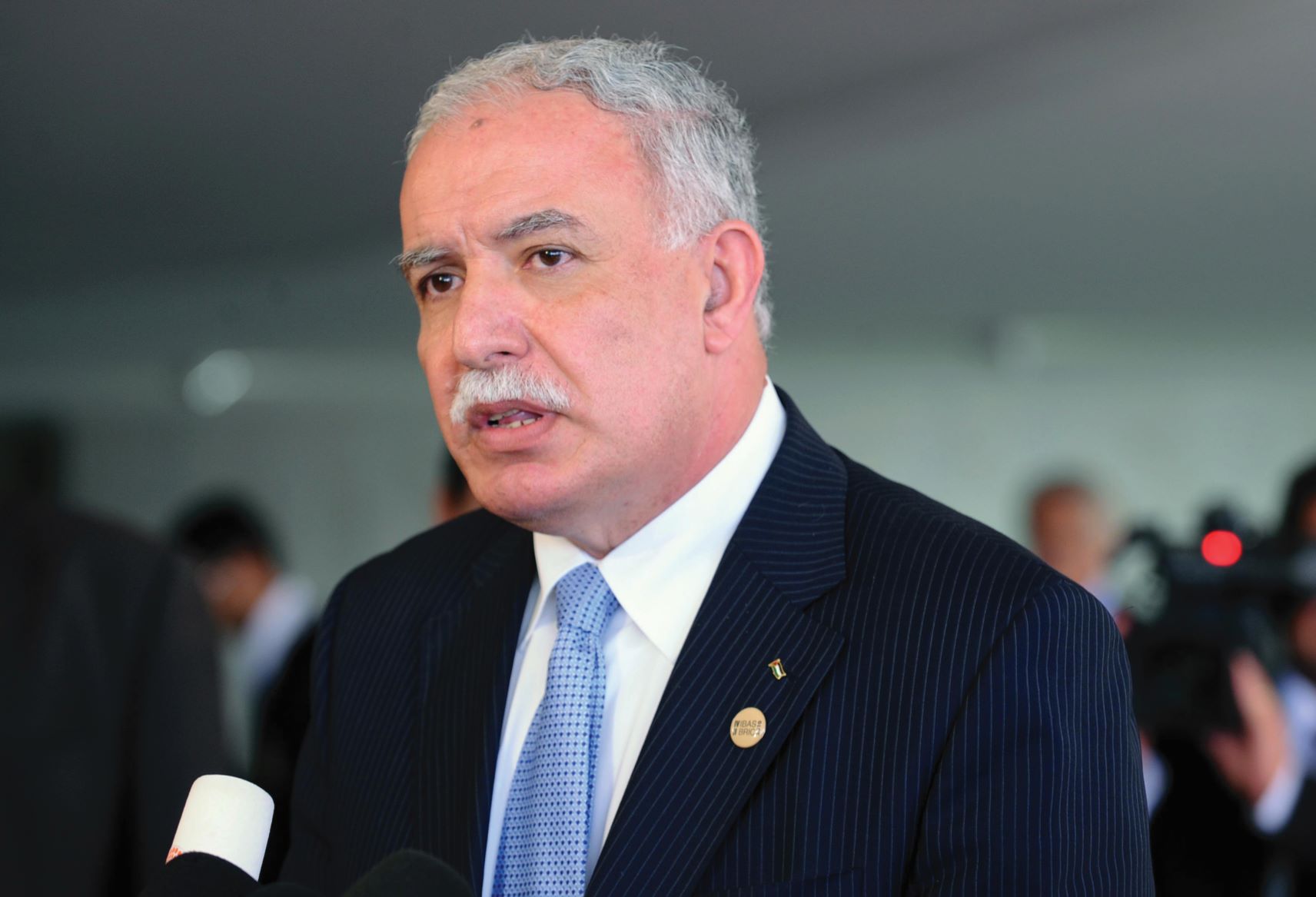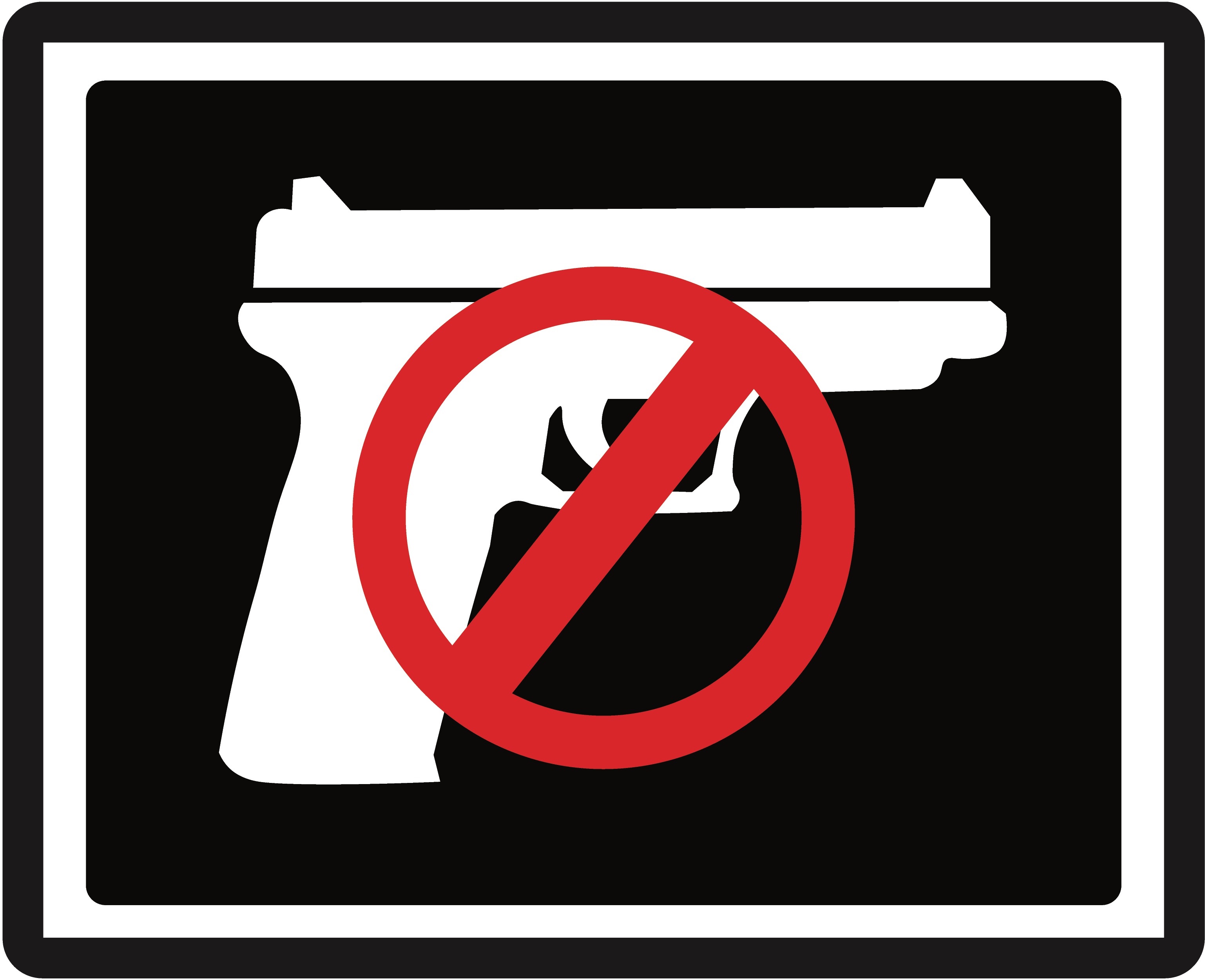With its hordes of bikers, cloudy grey skies, rain, overgrown trees, flowers falling on the tops of houses, street food and legal marijuana, Amsterdam could be considered the European version of Portland.
Amsterdam
Amsterdam decriminalized recreational possession and sales in 1976, beginning with the removal of the Opium Act and the establishment of a new National Drug Policy. According to the NDP, in the begging of the 20th century, the Netherlands had different drug issues than that of America or other Western European countries.
There were no drug-addicted soldiers from World War I and II, as well as little scientific research to detect drug abuse. At the time, they focused on marijuana wasn’t even on the drug spectrum, rather the focus was on cocaine and opium.
As the U.S. made efforts to restrict opium sales, the Netherlands Opium Act of 1919 resulted in sales coming to a standstill due to its illegality.
Laws remained the same until marijuana was added to the category of illegal substances included in the Opium Act in 1953. During the 1970’s a new drug—heroin—hit the market. Its high addiction rates led to the government’s reconsideration of how to categorize marijuana.
As a result, the Netherlands created the Working Party on Drugs. In 1976, the WPD led to the legalization of recreational marijuana, which included laws like no smoking on public property, no driving any machinery while under the influence and restrictions for minors.
The biggest difference was the categorization of drugs as “soft” (cannabis products or sleeping medication) or “hard” (meth, cocaine or heroin). This differentiated between drugs for social use, health benefits and drugs with major health deterring effects.
The most current information regarding what’s legal now in the Netherlands can be found on the Government of the Netherlands website.
The bulk of legal marijuana in Amsterdam resides in stores known as “coffee shops.” They are literally coffee shops, in that customers can sit and sip their coffee or tea while reading a book, while employees also sell five or less grams of recreational marijuana to customers 18 years and over. However, any selling, trading or cultivation by private individuals is still an offense punishable by fines, but rarely do situations result in arrests or prison time.
A 1995 New York Times article by food journalist Michael Pollen described the situation between America and marijuana as “the time of the drug war.” According to Pollen, most of the marijuana in America was imported instead of cultivated. At the time, hundreds of Americans present at the Annual Cannabis Cup in Amsterdam said they planned to be the first to make the change from importing to growing.
With America’s strict anti-drug policies, it wasn’t going to be an easy change.
“Today, the Federal penalties for possession of a hundred marijuana plants and a hundred grams of heroin are identical: a mandatory 5- to 40-year sentence, without chance of parole,” Pollen said. “The cultivation of 60,000 marijuana plants is an offense punishable by death.”
Even with those extreme punishments looming, Americans were still looking to the Netherlands as an example on policy and cultivation for legal recreational marijuana.
While the fight for legalization in the Netherlands had won, the debate to legalize weed in America was far from over.
Oregon
So far, Washington, Alaska, Colorado and Oregon are the only states with legal recreational marijuana, while 23 states have legalized marijuana solely for medicinal use. On July 1, 2015 Oregon was added to the list and on Oct. 15, shops opened and sales began.
Although unknown to many, the effort to legalize weed in Oregon has been a cause for more than 40 years. An article in the Oregonian outlined the important dates in the fight to legalize marijuana.
Important dates, according to the article include, “1973: Oregon becomes the first state to decriminalize possession of small amounts of marijuana, making it a ticket more akin to a traffic offense.”
In 1998 medical marijuana use was legalized. By 2012, retail sales of medical marijuana were legalized, and by 2014, growth and possession of marijuana were legal.
Today, “2015: People 21 and older will be allowed to possess up to 1 ounce of marijuana in a public place and up to 8 ounces in their home. The law also allows up to four marijuana plants per household.”
Smoking on public property isn’t permitted, nor is driving any machinery while under the influence.
While this was a win in the eyes of some Oregonians and an incentive for many other states to legalize, the federal government sees things differently.
According to the U.S. Department of Justice and the Drug Enforcement Administration, marijuana is still seen as a Schedule I controlled substance. Schedules range from I-V. Schedule I drugs are considered the highest level dangerous drugs, meaning:
“(A) The drug or other substance has a high potential for abuse.
(B) The drug or other substance has no currently accepted medical use in treatment in the United States.
(C) There is a lack of accepted safety for use of the drug or other substance under medical supervision.”
Although the U.S. government and the Government of the Netherlands categorize marijuana use differently, U.S. state laws regarding legalization have remained somewhat similar to the Netherlands.
Licensed Oregon businesses may legally sell marijuana and the punishments for marijuana-related offenses have lessened. Many Cannabis Clubs, businesses where customers are legally permitted to use recreational marijuana, such as The World Famous Cannabis Club , call Portland home–though there are far fewer of these establishments than coffee shops in Amsterdam.
Furthermore, The Oregon Cannabis Association hosted an “Expungement Day” to help those who have been convicted due to marijuana. As things are rapidly changing, current information can be found on the Oregon Government website.
Now that the new year has begun, other states are looking to 420-friendly states as examples for legalizing recreational marijuana use.
“Legal marijuana is the fastest-growing industry in the United States and if the trend toward legalization spreads to all 50 states, marijuana could become larger than the organic food industry,” according to the Huffington Post. With marijuana sales bringing in over $2.7 billion in 2014, monetary incentives could change the minds of naysayers.
As Oregon moves forward, the population will see how legalization shapes marijuana debates for the rest of the country.






